Grains of Sand
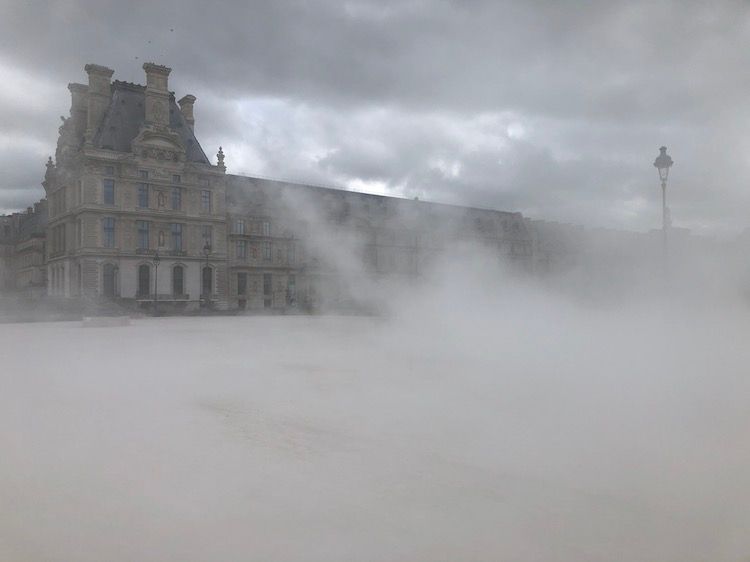
Friday, 8 July
William Blake may have been able to see a World in a Grain of Sand, but I need something a little bigger to encapsulate my Paris life, which last Saturday 3 July clocked in at 40 years, close to the Eternity evoked by the poet.
Les Jardins des Tuileries, it occurred to me yesterday morning on my daily walk with Tasha, are a better lens through which to view my larger Paris picture over the years. Just consider the frequency with which the city's oldest public gardens make their way into this blog.
My first memories pre-date residence. At 17, visiting with my family, I struck out on my own after our tour of the Louvre. Walking along the central allée on a sunny spring day, I felt grown up and liberated, until irksome men made me wish French class had taught something useful, like “Leave me alone” (FYI: Laissez-moi tranquille is the polite version). A few years later, I waited forlornly in the cold, dying light of a December day in front of the Jeu de Paume, casting my eye over the place de la Concorde for a friend who never showed up, thus leaving me at dusk on my own and looking for a place to stay.
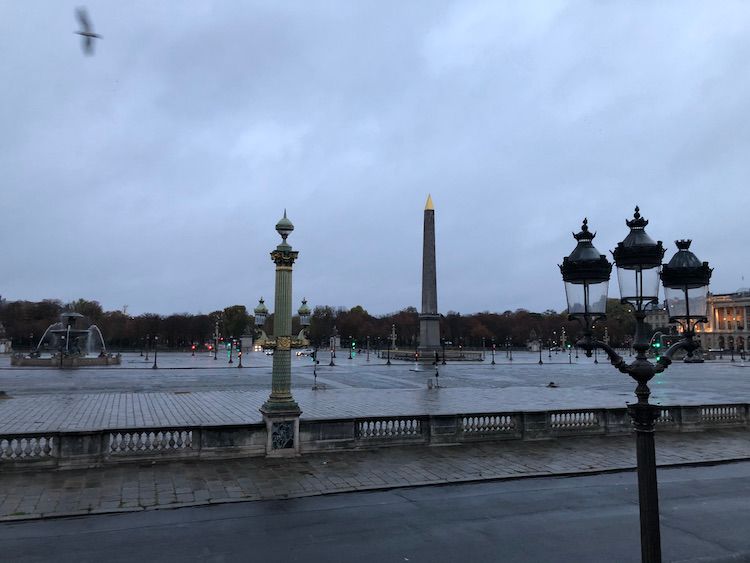
But my strongest associations with the gardens have been formed through my dogs. First with Lily, then Elsa and now Tasha, I have experienced the different seasons on a daily basis. Hot canicular days…

…and snowy wintery ones.

Dogs help you meet a fair sample of Homo Parisus. There are the people with whom you never get beyond a polite hello. There are the troubled ones you should have kept at a distance, the ones who start off with a perfectly nice puppy that they ruin by transferring their own problems onto the dog. And there are those who become friends, fixtures in your life: Nathaële (Youni, Colleen and Mousse), formerly an illustrator of children’s books, now a creator of animated videos; Nelly (Marou and Rêve) who actually worked for the Louvre, upon which the gardens depend, and who constantly defended canine rights for us within the administration; Stéphane (Urfée and Belle), a physical therapist; most recently Juan (Hope), a Cuban-American former antique dealer. And of course Koffi and Virginie (behind Tasha in the above photo), who saved our neurotic rescue dog and my sanity.
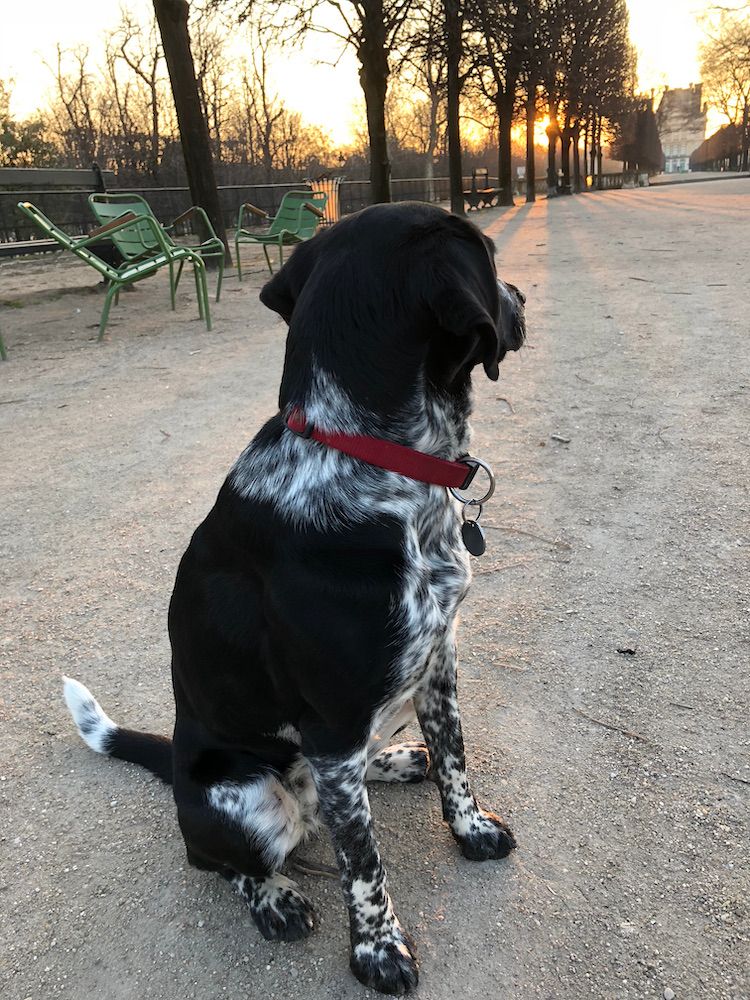
Through them I met a homeless woman I'd been seeing in the vicinity of the Seine for as long as I can remember. Her name is Lin and, loving dogs, she designated herself the Koffi & Cie water supplier.
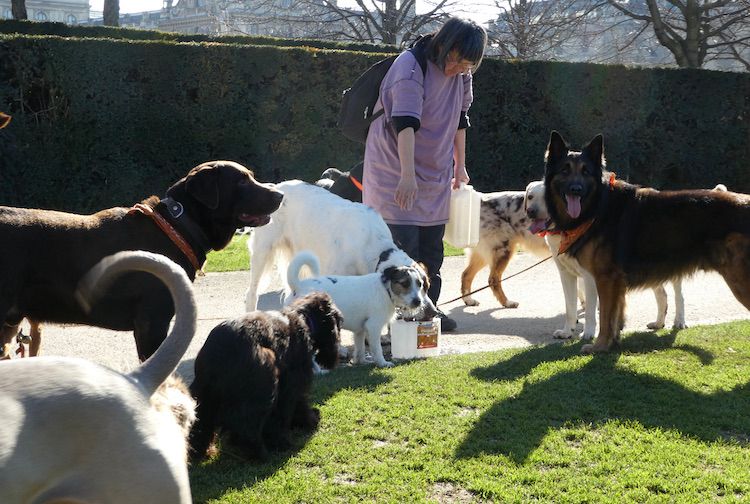
There is a constancy to the place, much as in the city herself, that reassures. The lines of trees and the fountains, the ubiquitous green chairs that tell stories all on their own...
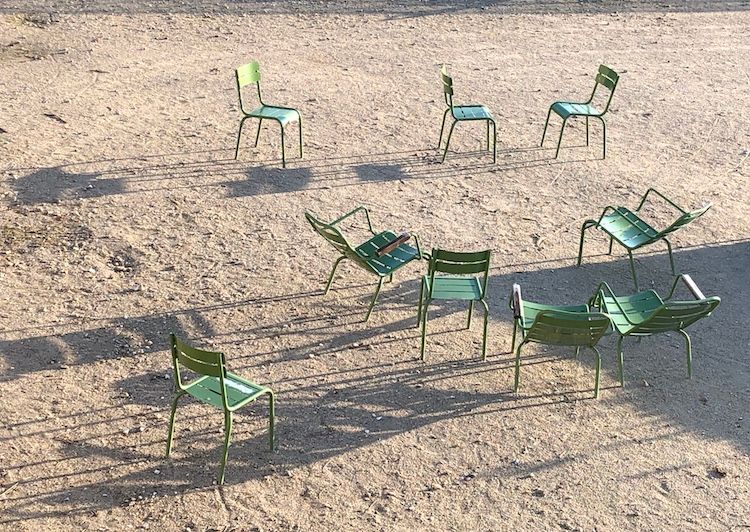
...or in other instances, seem not to have changed occupants in 50 years...
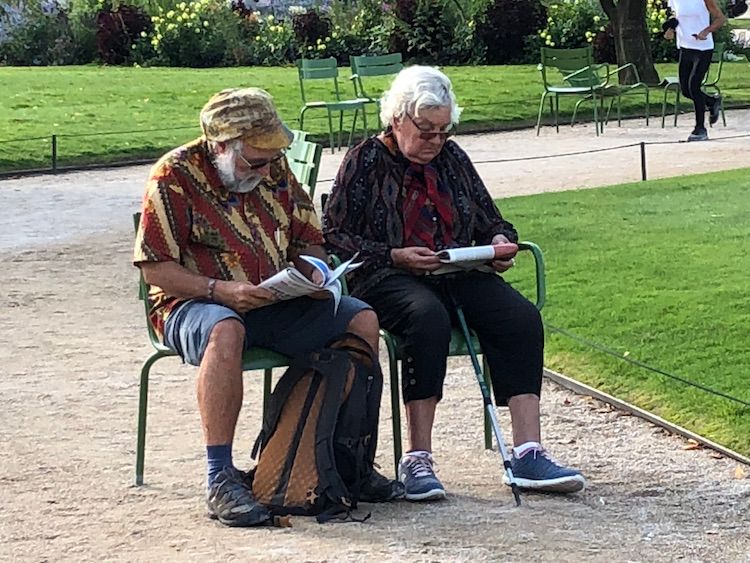
Parents still take their children to the Tuileries for entertainment, though no longer to the ponies that disappeared about 10 years ago.
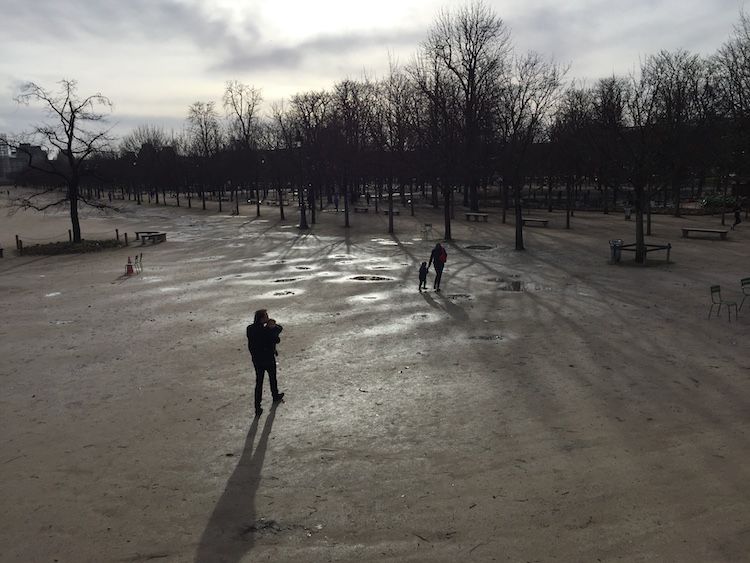
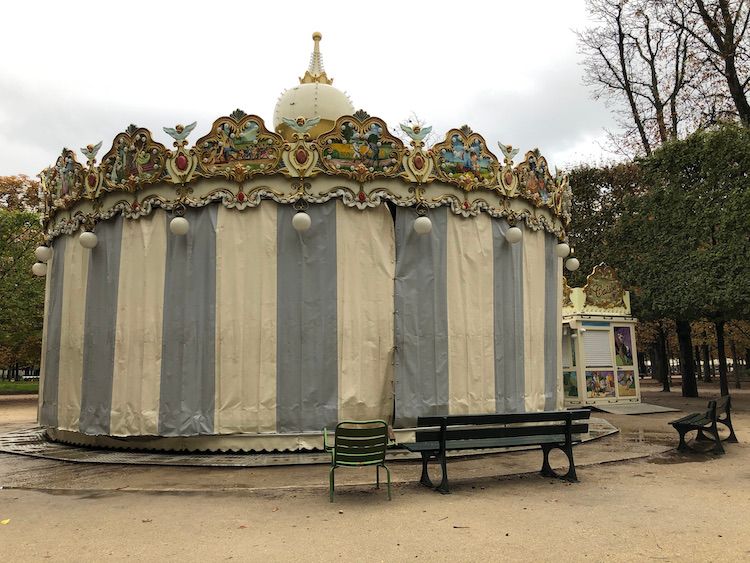
But in other ways life in the gardens has changed with the times. The most flagrant example on display is the evolution of Homo Parisus' relationship to physical activity.

Old-style Parisiens did not exercise at all, much less publicly and in ways that could expose them to ridicule. They would not have been caught dead in garish sportswear. And, formerly a highly individualistic species, they would never have participated in group activities. But long gone are the early 80's when my only encounter during a lone, early morning run was with a hooded exhibitionist.
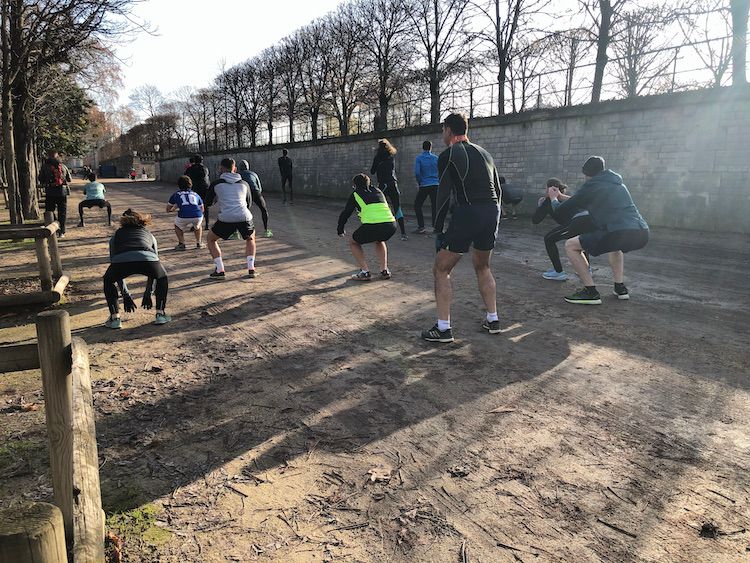
Even here amidst the trees, you can't forget our ugly age of terrorism...

...or the fact that when it comes to the Self, we have perhaps gone a bit overboard...
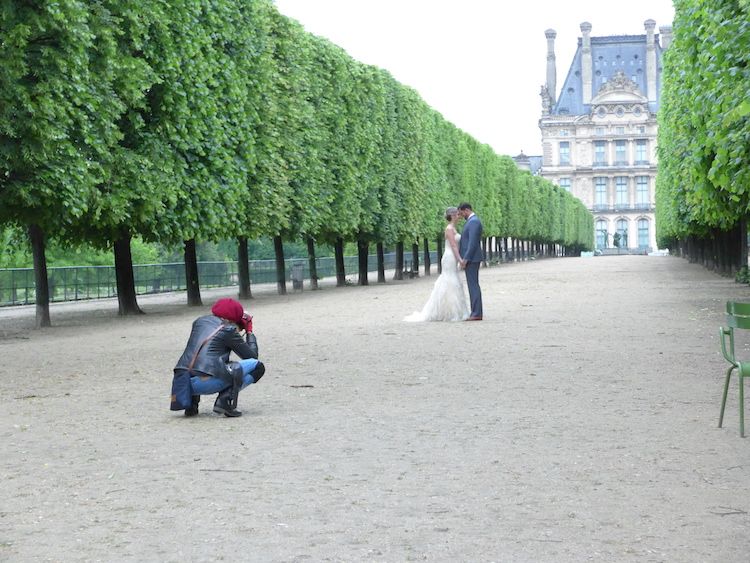
...
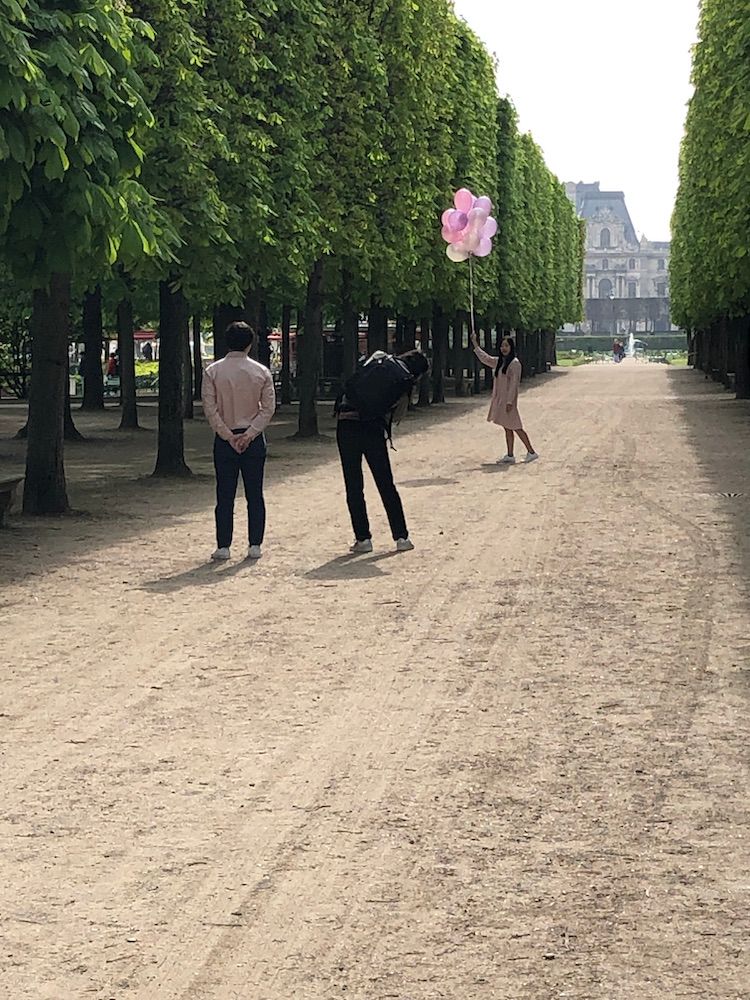
...thus leading to increased restrictions.

Even here you can't get away from the building craze that has gripped the city. The iron gates that close off the gardens each night are being extended, a move that feels hostile and excluding. Right now it looks like a gulag.
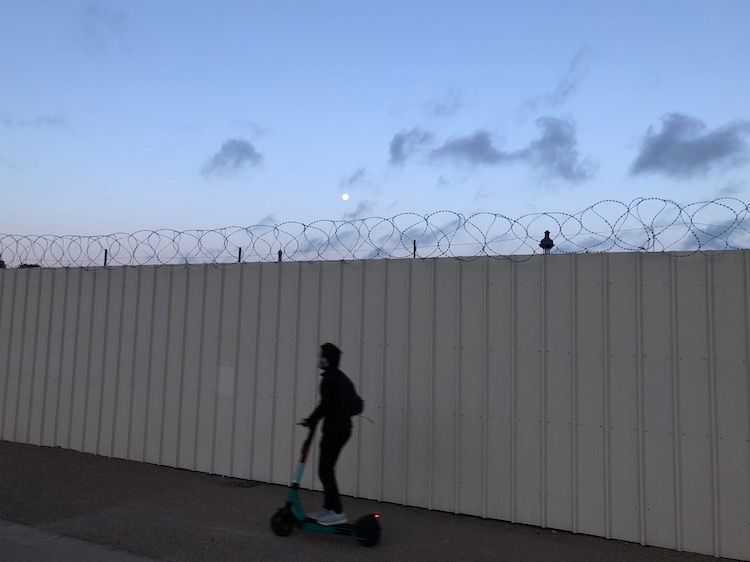
And nowhere else in the city is climate change better on display (just look at the top photo of the dustbowl, the new April in Paris), but so too are our efforts, however small, to combat its effects.
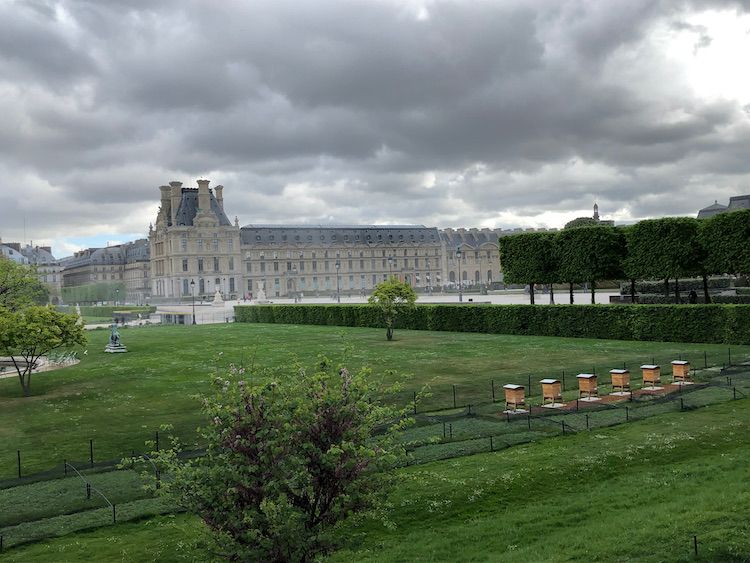
So thank you, Tuileries, for 40 full years.